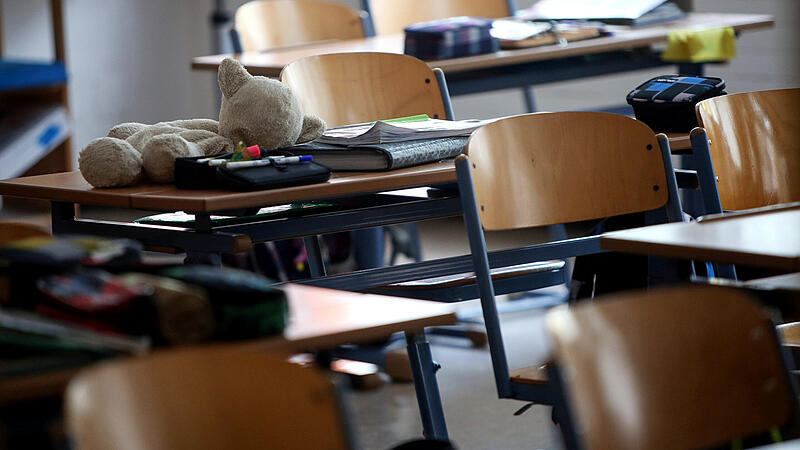Image: VOLKER Weihbold
With the transition from kindergarten to school, a lot changes for girls and boys: For example, it is important to master the new way to school, get to know classmates and familiarize yourself with teachers and learning material. Children with type 1 diabetes also have to adapt their therapy to the new daily routine. They then have to take more responsibility for dealing with their metabolic disease. The “Diabetes Austria” initiative explains how parents can help to ensure that the start at school goes well. (diabetes-austria.com):
- Look for a conversation with the teacher, think about it beforehand, where he can really help. Don’t explain too many details – it’s unsettling.
- Avoid exaggerated fears of severe hypoglycaemia.
- Offer to be available by phone at all times while the child is at school.
- If you are unsure, you should seek the support of the diabetes advisor at the respective children’s hospital.
- Teachers can also prepare:
- Children with diabetes are no less productive than others. A special position is to be avoided.
- Physical exertion and insufficient food intake can lead to hypoglycaemia. Tremors, sweating and absent-mindedness can be signs. The kids need to eat carbohydrates. That is why the children are allowed to eat and measure their blood sugar at any time during class.
- Those affected can take part in physical education classes, but must also eat something beforehand. Physical education teachers should ask if the children have eaten enough.
- If hypoglycaemia is obvious, teachers must ask the child to eat something.
- Children in hypoglycemia must not be sent home alone. If a child becomes unconscious, a doctor must be called.
- For emergencies, teachers need to know the phone number of the parents, the treating doctor and the nearest hospital.
Source: Nachrichten




